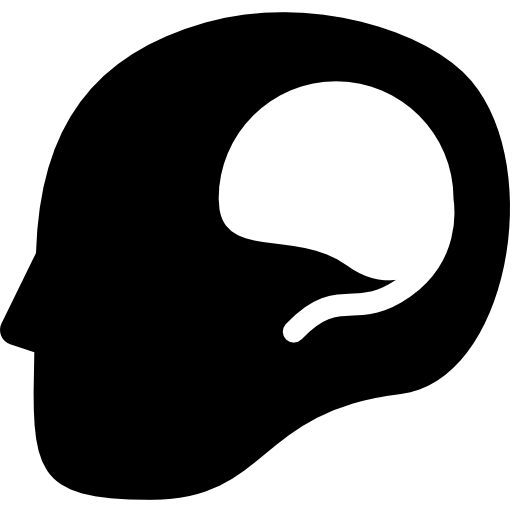Put your notes in here. Type them, publish them, view them, edit them, save it and print them. Notes are stored locally, if you clear your browser history they will disappear. Notes are a great way to add your own notes, from other sources to this station.
Neurology Skills And Examination
Spine Neurological Examination
Introduce and look around for any aids. Remove clothing and expose both upper and lower body. Ask about any pain.
Look
From front, back and side
- Skin: Scars, bruising/skin changes, swelling, pigmentation (e.g café-au-lait spots in NF), hair growth (e.g. hair patches as seen in spinal dysraphism)
- Muscle: Asymmetry, wasting
- Bone & Joint: Deformity (Kyphosis – convex curvature normally in thoracic spine, Lordosis - concave curvature normally lumbar/cervical spine, Scoliosis – sideways curvature from the midline, Question-mark spine – Ankylosing Spondylitis).
- Remember to observe gait.
Feel
Palpate each vertebra in turn noting any tenderness or prominence.
Move
Active (Patient moves) then Passive (Doctor moves) movements. Fell for crepitus during passive movements. Assess by regions of the spine.
Cervical
- Flexion (0-70/90°): Put your chin to your sternum
- Extension (0-60°): look up to the ceiling.
- Lateral Flexion (0-35°): Move your ear to your shoulder.
- Rotation (0-70°): Turn your head left and right.
Thoracic & Lumbar
- Flexion (0-75°): Touch your toes
- Extension (0-30°): Lean backwards
- Lateral flexion (0-35°): Bend sideways, moving hand down leg
- Rotation: Anchor the pelvis with your hands and ask the patient to turn their core.
Special Tests
Lumbar Flexion
- Schrober’s Test: With the patient standing locate the level of posterior superior iliac spines (about L5). Mark a point 5cm above this point and 10cm below. Ask the patient to touch their toes in flexion. In normal flexion the distance between the points should have increased by 5cm, anything less than 5cm indicates limited lumbar flexion (as seen in AS).
Nerve Root Irritation
- Straight Leg Raise: With the patient lying supine ask them to flex the affected side’s hip. Pain in a sciatic distribution indicates nerve root irritation and possible disc herniation.
- Lasegue/Bragard Test: Flexion of the affected side's hip is not painful, but extension of the knee while the hip is flexed is painful. Such pain would indicate sciatica and spinal cord nerve root compression.
P
Medical imagery licensed under Creative Commons Attribution-Share Alike license; sourced from Wikipedia
All other textual content, imagery, and website design copyright © 2014-22 MRCS Part B Questions all rights reserved.
Contact Us | Privacy Policy | Terms and Conditions
